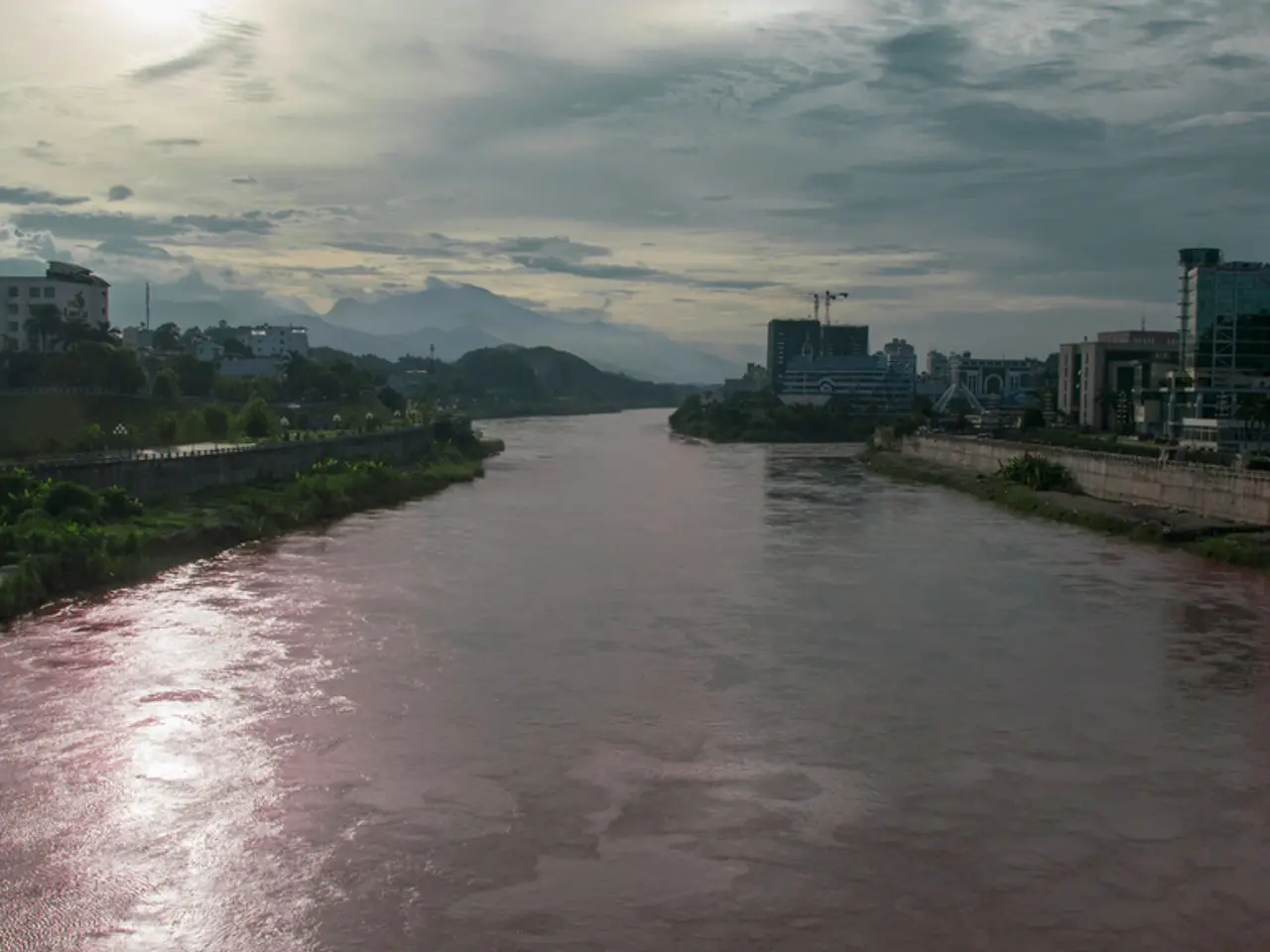Ecuador transfers contentious hydroelectric project to Chinese hands following disagreements
In a bid to address the persistent power cuts and operational issues at the Coca Codo Sinclair hydroelectric plant, the Ecuadorian government has reached an agreement with Chinese conglomerate PowerChina. This plant, located in northern Ecuador, was constructed with investments of US$ 3.2 billion and was intended to cover around 30% of the country's national electricity demand.
The agreement, announced by Ecuadorian Foreign Minister Gabriela Sommerfeld after a visit to Beijing, includes US$ 400 million in compensation to Ecuador and the resolution of an international dispute that began in 2021. The dispute centred around structural problems in the plant, including 17,000 cracks, defective valves, and improperly installed parts.
The plant, designed to generate over 8,700 gigawatt-hours per year, has never reached its 1.5 gigawatt capacity since it began operating in 2016. Despite this, the plant still accounted for almost one third of the country's electricity during the 2024 drought period.
The project was financed by US$ 1.7 billion from the China Export-Import Bank. PowerChina controls Sinohydro, which was responsible for the construction of the hydroelectric plant. The company entrusted with the operation management of the plant after the negotiations is CNCEC (China National Electric Engineering Company).
Sariha Moya, Minister of Economy and Finance, stated that PowerChina initially proposed a financial guarantee to be released gradually as the company made improvements. However, the Ecuadorian government rejected this offer and demanded compensation instead.
With another severe drought anticipated, new blackouts are considered inevitable. Ana Galarza, an opposition member, highlighted the environmental impacts of the Coca Codo Sinclair, including the erosion of the Coca River. Inty Grønneberg, a mechanical engineer and scientist, suggested that leaving PowerChina in charge of the hydroelectric plant may be the best solution.
Since 2020, the state has invested over US$150 million in efforts to contain the erosion of the Coca River. The plant operates intermittently due to its run-of-the-river design and dependence on the flow of the Coca River. It is located in a region marked by strong seismic activity and processes of retrogressive erosion.
In June 2023, Ecuadorian President Daniel Noboa met with Chinese counterpart Xi Jinping in Beijing to discuss the agreement. The hope is that this change in management will bring the long-awaited resolution to the issues plaguing the Coca Codo Sinclair hydroelectric plant and ensure a stable electricity supply for Ecuadorians.
Read also:
- Stopping Osteoporosis Treatment: Timeline Considerations
- Tobacco industry's suggested changes on a legislative modification are disregarded by health journalists
- Trump's Policies: Tariffs, AI, Surveillance, and Possible Martial Law
- Expanded Community Health Involvement by CK Birla Hospitals, Jaipur, Maintained Through Consistent Outreach Programs Across Rajasthan




